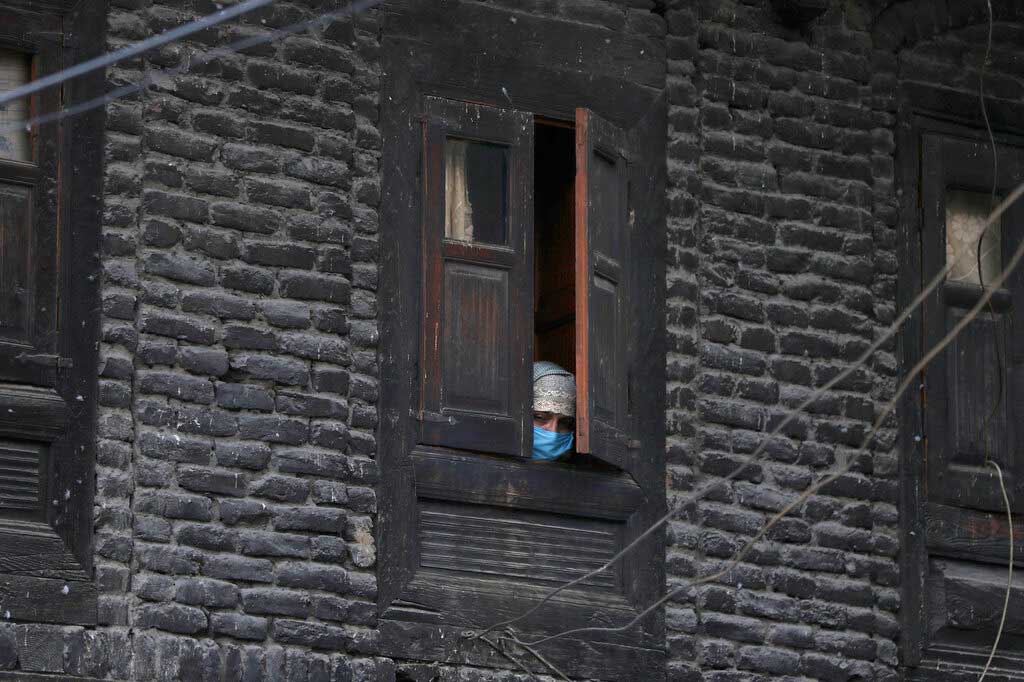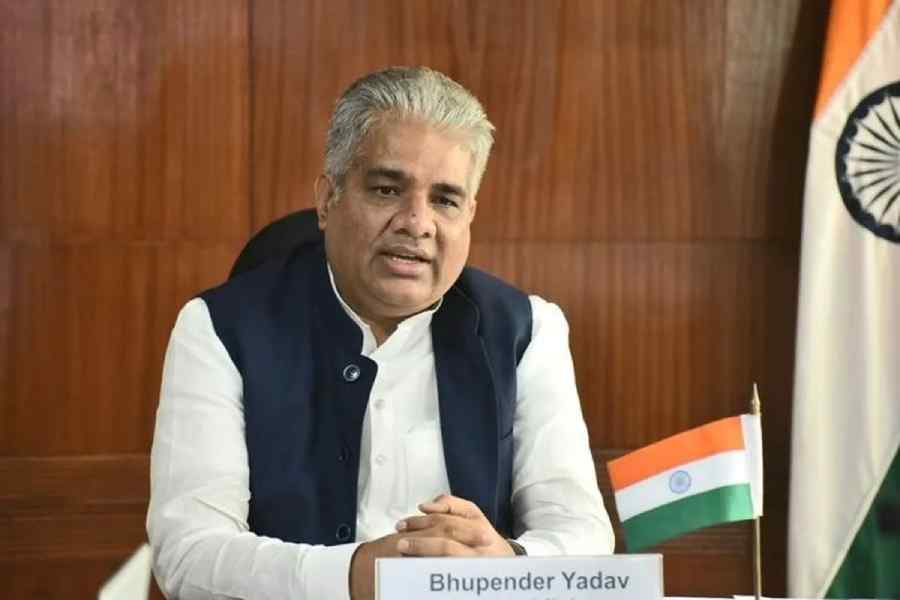The 19-day extension of the nationwide lockdown will help India further prepare itself for what medical experts say is “inevitable” — a rise in cases until the new coronavirus has infected more than half of Indians so that a phenomenon called herd immunity protects others.
The extended lockdown provides the country extra time to bolster hospital infrastructure, including critical care facilities, prepare healthcare workers for a steady flow of patients, and discipline the public into embracing social-distancing measures for months post-lockdown, the experts said.
While the lockdown is intended to slow the spread of the virus, senior epidemiologists and virologists said they do not expect this reduced transmission to eliminate the virus. They expect counts of patients with coronavirus disease, or Covid-19, to increase in the coming weeks.
“This virus will not die out on its own — it won’t do hara-kiri,” said T. Jacob John, a clinical virologist formerly with the Christian Medical College, Vellore. “There is no precedent in nature of a pandemic virus such as this one eradicating itself.”

In this April 6, 2020, file photo, a Kashmiri woman wearing protective mask watches through a window of her house as cops make markings for people to maintain social distance at a market in Srinagar. (AP)
The health ministry on Tuesday recorded a sharp overnight spike of 1,463 fresh Covid-19 patients, raising the total number of confirmed cases to 10,815. Among these, 1,190 patients have recovered and 353 have died.
The five states with the largest proportions of patients in hospital are Maharashtra with over 1,900, Delhi with around 1,400, Tamil Nadu with 1,104, Rajasthan with 849 and Madhya Pradesh with 517 patients.
John and other experts expect the virus to continue spreading in the country — although the lockdown and other social-distancing measures will lower its speed — as long as a vast majority of the population is “susceptible” or not immune to the microbe.
“We need to face the inevitable,” said Jayaprakash Muliyil, a senior epidemiologist at the CMC, Vellore. “The lockdown and social distancing will put brakes on transmission but, for the endgame, roughly 60 per cent of the population would need to be infected.”
That number — roughly 60 per cent — is what epidemiologists have calculated as the “herd immunity” required to block transmission of this coronavirus. The herd immunity varies from virus to virus and depends on the average number of persons the virus can spread from one infected person.
When a specific proportion of people are infected, a contagious virus doesn’t get enough opportunities to jump from one person to another. “The people who are immune become obstructions in the chain of transmission,” John told The Telegraph.
Herd immunity may be achieved through infections or vaccines that immunise people against the virus. Although researchers in multiple countries, including India, are working on vaccines against Covid-19, health authorities believe the earliest vaccines could take 12 to 18 months to emerge.
The speed at which the coronavirus has spread in other countries suggests that without the lockdown and social-distancing measures, the virus — spreading unchecked — could have infected around 60 per cent of the population within three months.
Eighty per cent of Covid-19 patients have only mild symptoms and roughly 20 per cent need hospital care, including around 5 per cent who need critical care facilities. But given India’s large population, such a rapid spread would have quickly overwhelmed the country’s hospital and critical care facilities.
Critical care specialists are hoping that the lockdown and social-distancing measures in the post-lockdown phase will “control” the flow of patients who require hospital care to a level where they can receive the best possible medical care.
“The goal is to help every patient receive the ideal standard of care — this way, we can keep the mortality as low as possible,” said a senior doctor. Covid-19 patients who develop severe disease might require the use of ventilators to assist them to breathe.
The health ministry said on Tuesday the country currently has prepared 602 dedicated Covid-19 hospitals with 106,000 beds and 12,000 critical care beds. A health official had said last week the government had ordered 49,000 ventilators as part of preparedness efforts.
But Muliyil said behaviour change would continue to play a critical role in the post-lockdown phase to keep transmission levels as low as possible. The government would need to discourage crowds, large gatherings and celebrations, he said.
“People should learn to keep a physical distance from others. The elderly who are susceptible to severe disease should stay home and keep a distance from others at home. This means you shouldn’t even hug your grandchildren.”
WHAT PM SAID
⦾ Lockdown across the country extended till May 3
⦾ Detailed guidelines on Wednesday to ensure that outbreak does not spread to new areas
⦾ Some relaxations may be allowed after April 20
⦾ Some necessary activities may be allowed in areas that will pass this litmus test; areas which will not be among the hotspots and are less likely to turn into hotspots











